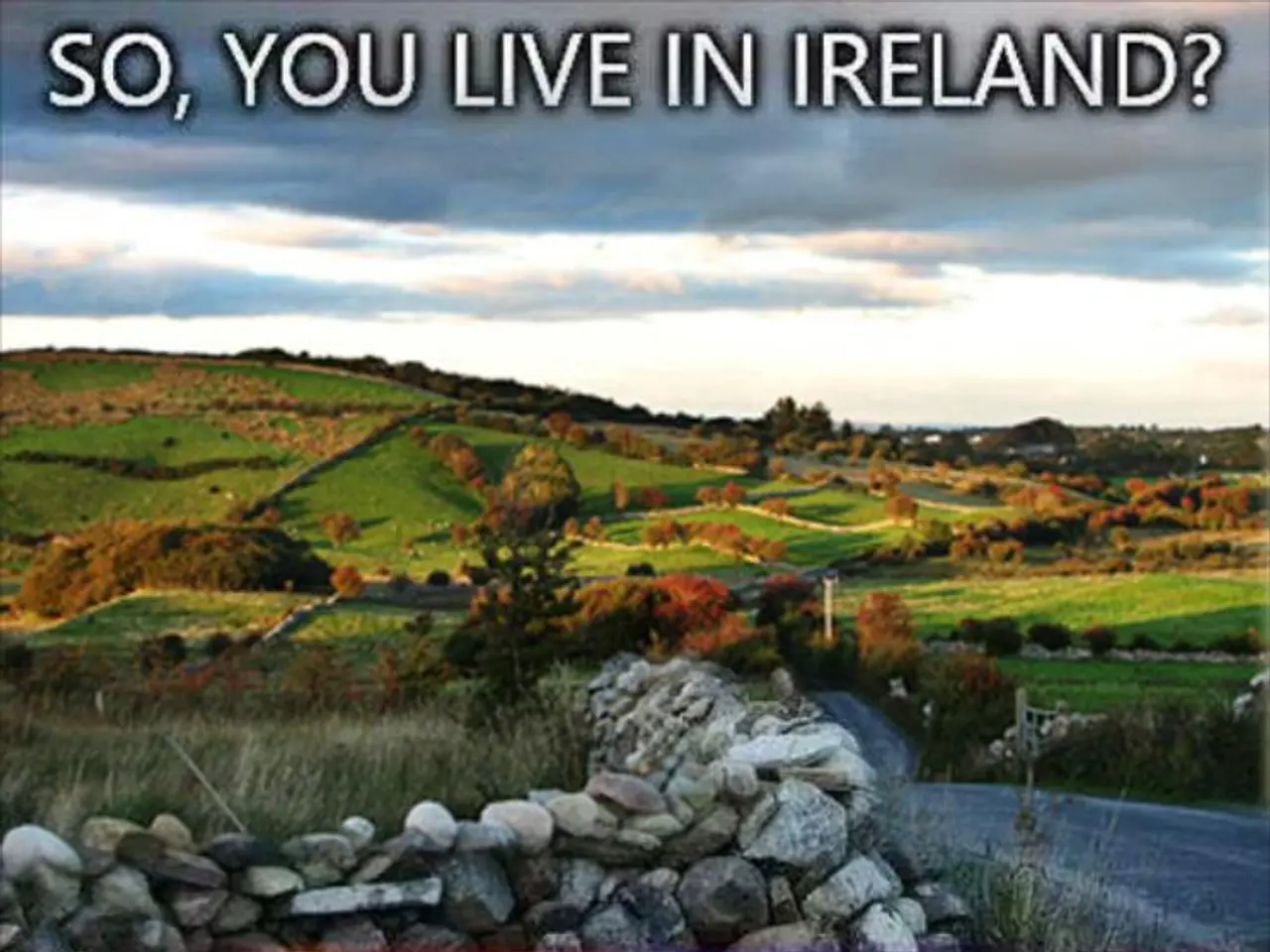Fires ravaging the west put a significant squeeze on the insurance sector and homeowners, alert noted.
In the face of escalating wildfire risks, understanding the level of wildfire threat is crucial for both homeowners and insurers to take preventative action, according to Tom Larsen, Cotality's assistant VP of product marketing for insurance solutions.
The increasing wildfire risks in the western states of the USA are primarily due to factors such as prolonged droughts, higher temperatures, and climate change, which contribute to dryer vegetation and more extreme fire conditions.
This heightened risk is reflected in the insurance industry. Fewer policies are being issued by small to medium-sized insurers in Colorado, and the top five insurance companies in the state have slowed the number of new policies they've sold since 2020. The same trend is observed in California, where the decrease in available wildfire insurance options and the increased cost of policies are driving more homeowners to the California Fair Access to Insurance Requirements Plan (FAIR Plan).
The California FAIR Plan had more than 590,000 dwelling and commercial policies in force in June 2025, more than double the number of policies it covered back in September 2023. The state of Oregon is experiencing increased difficulty in obtaining insurance policies due to major insurers pulling back homeowner insurance coverage in certain parts of the state.
The risk of wildfires damaging or destroying homes is increasing. According to a new report, nearly half of the homes at wildfire risk are at very high risk. In fact, over 1.2 million homes under a moderate or higher threat of wildfires are in California alone, with eight of the top 15 metro areas with the most homes at moderate risk for wildfire located in the state, with the Los Angeles area holding the top spot. Other metro areas, such as Austin, Texas; San Antonio, Texas; Denver, Colorado; Colorado Springs, Colorado; Bend, Oregon, and Flagstaff, Arizona, are also among the top 15.
The cost of homeowners insurance has, on average, increased more than 8% faster than the rate of inflation from 2018 to 2022. The Rocky Mountain Insurance Association reported that homeowner premiums have increased on average by almost 58% from 2018 to 2023, with 2022 seeing a 40-year high for inflation for homeowners insurance. The prices of reconstruction materials have spiked anywhere from 4% to 20% after natural disasters, including wildfires.
The impact of wildfire smoke on life expectancy is significant. Particulate pollution from wildfire smoke was the most significant external threat to human life expectancy in 2023, according to a recent report from the Air Quality Life Index, lowering the average global human life expectancy by as much as 1.9 years. Air quality levels have decreased to levels not seen since 2011 for the U.S. and since 1998 in Canada due to particulate pollution from wildfire smoke.
A 2024 study from Nature Ecology & Evolution reveals that individual fires are increasing in frequency and intensity across the country due to human-induced climate change. If these homes were destroyed by fire, it would cost $1.3 trillion to replace them.
Cotality, a data research company, assesses the state of the wildfire insurance industry and the risk of damaging wildfires for certain parts of the United States. Understanding the level of wildfire risk is essential for homeowners and insurers to take preventative action to save properties and lives.
Read also:
- Nightly sweat episodes linked to GERD: Crucial insights explained
- Fitbit Versa 4 Experiences Continuous Price Drops on Amazon
- Asthma Diagnosis: Exploring FeNO Tests and Related Treatments
- Unfortunate Financial Disarray for a Family from California After an Expensive Emergency Room Visit with Their Burned Infant







